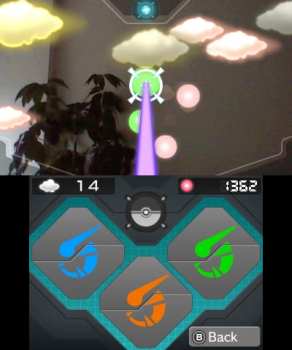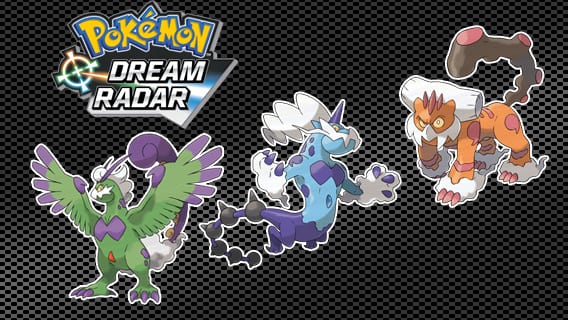Pokemon GO is the latest phenomenon in the iconic 20-year old Pokemon series, finally bringing the beloved creatures into the real world through the use of augmented reality (AR) technology. Did you know, however, that this isn’t the first time Nintendo has experimented with Pokemon AR?
In October 2012 Nintendo released Pokemon Black 2 and White 2 to the original DS handheld, even though the then brand new 3DS had been out for several months already. So as to give the fan base some motivation to pick up the new handheld device, a small free-to-play companion game called Pokemon Dream Radar was released the same day as Pokemon Black 2 and White 2.
Dream Radar places you as the assistant to Professor Burnet, who is studying the Interdream Zone. She gives you equipment to capture Pokemon hiding in dream clouds, which can then be transferred to your Pokemon Black 2 or Pokemon White 2 game.
You don’t actually see the Pokemon in front of you like you do in Pokemon GO, but instead you aim your 3DS around the room and see several pink and yellow clouds that you must shoot with a beam of light. Some clouds hide Pokemon, but again they do not appear as Pokemon until you’ve caught them. The Pokemon themselves never appear on-screen when utilizing the AR feature, which could be part of why the game was met with such lackluster reviews.
Another down side is that there are only about a dozen or so actual different Pokemon you can catch in Dream Radar, meaning you’ll be seeing more Riolu, Munna, Swablu, and Drifloon than you’ve ever seen before. There are some rare pulls as well, as the main draw was the chance to catch the alternate forms of Tornadus, Thundurus, and Landorus for the first time, but the amount of work it takes to find them is not worth the time and repetitive effort you must invest in the minimal game.
Pokemon Dream Radar is still available to download from the 3DS eShop to this day and requires no internet connection to play once downloaded, so if you’re looking for a way to find Pokemon in your bedroom or at the park but don’t have the data to stay glued to Pokemon GO, give it a look-see. It may not be as expansive or engaging as the new mobile hit, but it is at least an interesting and fun look back at Nintendo’s first Pokemon AR experiment. Considering it is only four years old, Pokemon GO’s accomplishments with AR technology in that time are mighty impressive indeed.


